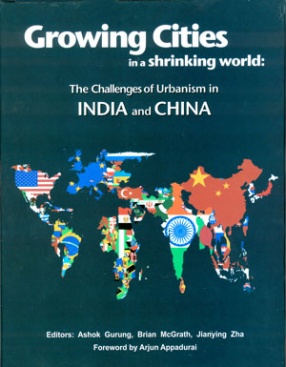Macroeconomics
Research in macroeconomics in the last thirty years has featured, almost exclusively on two characteristics: an emphasis on the microfoundations of macroeconomics and secondly, intertemporal economics, that is, the behavior of economic actors over time. Curiously, textbooks in intermediate macroeconomics have been very slow to adopt these traits. The aim of this book is to bring intermediate instruction in macroeconomics fully into line with the direction taken by the research community. Key hallmarks of the text include: • a full introduction to the microfoundations of consumption and investment a complete model of the labor market with profit maximization for firms to determine labor demand and a utility maximization model to determine labor supply • an analysis of the Baumol-Tobin model to determine money demand accompanied by a discussion of traditional money supply Fully illustrated with the figures and tables, and ‘Doing Economics’ boxes to bring the theory to life, this is an essential course book for modules in intermediate Macroeconomics. Possessing a full range of additional learning features including a companion website, and instructor’s manual, the book takes an international view of macroeconomics with case studies and examples from the United States and beyond.
Contents: I. Preliminary Topics: 1. An Introduction to Macroeconomics. 2. Concepts and Measurement. 3. Business Cycle Measurement. II. Microfoundations: 4. Consumption. 5. Investment. 6. Government. 7. Money. 8. The Labor Market. III. Aggregate Economi Models: 9. Classical Models of the Aggregate Models. 10. Economic Growth. 11. Aggregate Demand. 12. The Business Cycle. 13. Inflation, the Phillips Curve and Expectations. 14. Macroeconomic Policy. 15. The Open Economy.
Get it now and save 10%
BECOME A MEMBER







Bibliographic information